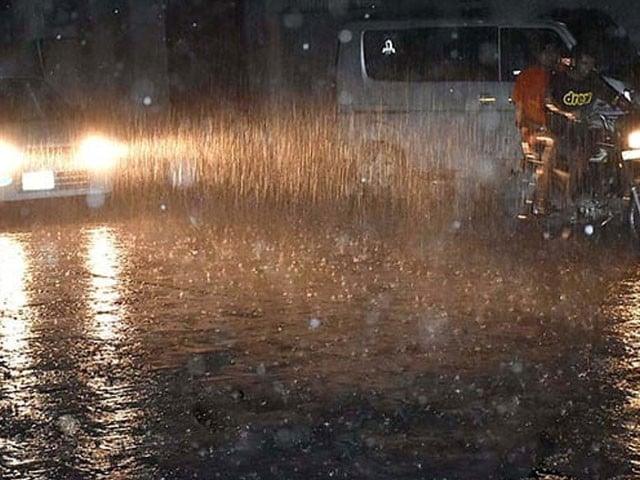National Disaster Management Authority (NDMA) has issued weather advice on Monday, warning of persistent hot and dry conditions across most parts of Pakistan from June 2 to June 7.
The counseling also included a forecast for isolated rain, wind storms and thunderstorms in selected northern and northeast regions.
According to the National Emergecy’s Operation Center (Neoc), high temperatures will dominate Punjab, Sindh and Balochistan, with a little relief expected during the week.
However, intermittent weather disorders are expected to affect parts of Khyber-Pakhtunkhwa (KP), Gilgit-Baltistan (GB) and Azad Jammu and Kashmir (AJK) that potentially affect local communities and agriculture.
V
2 -7 جن کے دران یشili علاق یںیں م م ILIGRATION آزاد کشمیر میں گرج چمک کے ساھ بارش کا امکا — ا pic.twitter.com/nubh1kvcqc– NDMA Pakistan (@ndmapk) June 2, 2025
In Punjab, burning and dry weather conditions are expected to affect most areas. Areas such as Rawalpindi, Attock, Chakwal, Jhelum, Lahore, Gujranwala, Sialkot, Multan, Bahawalpur and Dera Ghazi Khan could, however, experience sporadic thunderstorms, windstorms and dust storms, especially between June 2 and 5.
Balochistan will continue to endure hot and dry conditions, with districts such as Quetta, Turn Cat, Gwadar, Khuzdar and Zhob expected to feel the heat. Similarly, Sindh, including Karachi, Hyderabad, Sukkur, Larkana and Mirpurkhas, will experience intense heat.
KP will see hot and dry conditions, although northern regions such as Chitral, DIR, SWAT, Kohistan, Shangla, Malakand, Abbottabad and Kurram can receive isolated showers and thunderstorms between June 2 and 6.
In GB and AJK, partially cloudy sky is expected with chances of isolated rain and thunderstorms in areas such as Gilgit, Skardu, Hunza, Muzaffarabad and Mirpur, which continues through June 7.
NDMA has called on all provincial and district disaster management authorities to remain in high alarm, improve emergency preparedness and coordinate closely with local answer units.
The public is advised to limit unnecessary journeys, especially in hilly or flooded areas, and safe vulnerable infrastructure such as trees, power lines and solar panels.
Farmers have been asked to take measures to protect standing crops from hailstorms and strong winds. Tourists and travelers have been encouraged to exercise caution during outdoor or mountainous activities.



